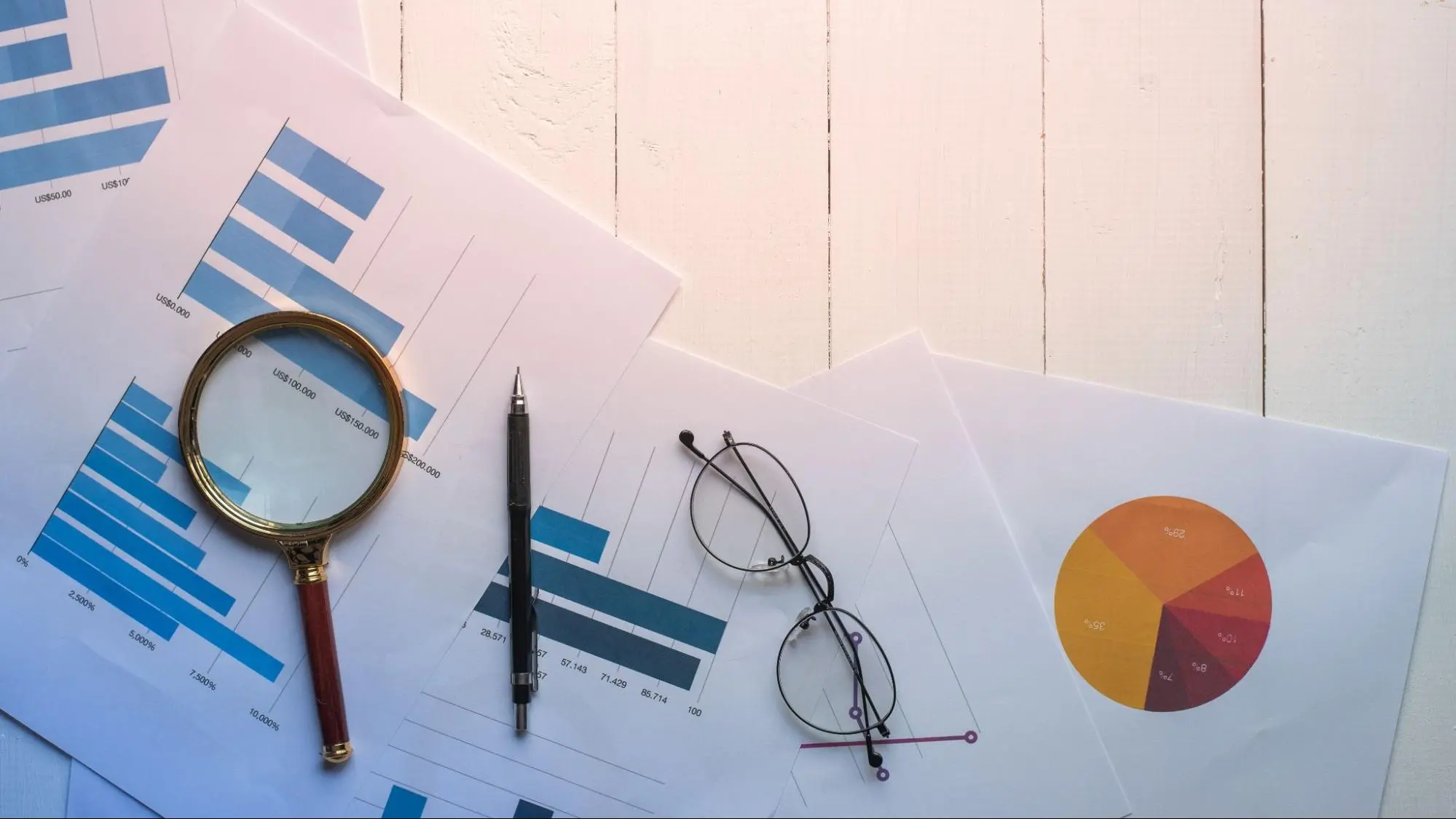
In today’s data-driven world, businesses and organisations are swimming in a sea of unstructured feedback—customer reviews, social media posts, survey responses, and more. Sifting through this text manually is like searching for a needle in a haystack. That’s where text analytics and sentiment analysis come in, transforming raw, messy data into clear, actionable insights. Let’s explore how these tools work, why they matter, and how they’re reshaping decision-making, with insights grounded in real-world applications and expert perspectives.
Why Text Analytics Matters
Text analytics is the process of extracting meaningful patterns and insights from unstructured text data. Unlike structured data (like numbers in a spreadsheet), unstructured text—think open-ended survey responses or social media comments—is harder to quantify. Yet, it’s often where the richest insights hide. According to a 2023 report by Gartner, over 80% of enterprise data is unstructured, and organisations leveraging text analytics can process this data up to 10 times faster than manual methods.
Dr. Sarah Thompson, a data scientist specialising in natural language processing (NLP), explains: “Text analytics lets us scale the analysis of thousands, even millions, of comments in hours, not weeks. It’s not just about speed—it’s about uncovering patterns that humans might miss due to sheer volume.”
For example, a retail company analysing customer feedback might discover that 35% of negative reviews mention “slow shipping.” Text analytics can quickly code and categorise these responses, revealing the “why” behind customer dissatisfaction. This quantitative trend, paired with qualitative context, empowers businesses to prioritise fixes—like optimising logistics—based on real customer pain points.
Sentiment Analysis: Capturing Emotional Tone
While text analytics identifies what people are saying, sentiment analysis digs into how they feel about it. By assigning emotional tones—positive, negative, or neutral—to text, sentiment analysis highlights critical insights like customer satisfaction, frustration, or urgency. A 2024 study by Forrester found that companies using sentiment analysis improved customer retention by 12% on average by addressing negative feedback faster.
For instance, a telecom company might analyse call centre transcripts and find that 20% of customers express “frustration” over billing errors. Sentiment analysis not only flags these emotions but also quantifies their prevalence, helping leaders prioritise solutions. As Dr. Thompson notes, “Sentiment analysis adds a layer of emotional intelligence to data, letting businesses respond to not just the words, but the feelings behind them.”
Visual Tools: Making Insights Accessible
One of the challenges with text analytics is presenting complex findings in a way that’s easy to understand. Enter visual tools like word clouds, topic maps, and sentiment graphs. Word clouds, for example, visually highlight the most frequent terms in feedback, making it easy to spot key themes. A 2022 survey by Tableau found that 68% of executives prefer visual data representations for quicker decision-making.
Imagine a hospitality brand analysing guest reviews. A word cloud might show “cleanliness” and “staff” as dominant themes, with sentiment analysis revealing whether these are positive or negative. These visuals don’t just engage stakeholders—they make insights actionable. “Visuals bridge the gap between data scientists and business leaders,” says Maria Chen, a business intelligence consultant. “They turn raw data into a story everyone can understand.”
The Power of AI and Human Oversight
The magic of text analytics and sentiment analysis lies in combining AI speed with human oversight. AI can process massive datasets in seconds, but it’s not infallible. Human experts ensure nuance isn’t lost—context matters, and sarcasm or cultural references can trip up even the best algorithms. A 2024 McKinsey report found that hybrid AI-human approaches yield 15% more accurate insights than fully automated systems.
For example, an AI might flag a comment like “This product is unbelievably good” as neutral due to the word “unbelievably.” A human reviewer can catch the sarcasm or emphasis, ensuring the sentiment is correctly labelled as positive. This balance delivers deeper insights without sacrificing accuracy.
Real-World Impact
From healthcare to retail, organisations are reaping the benefits of text analytics and sentiment analysis. A hospital system using these tools to analyse patient feedback found that 40% of negative comments centred on “waiting times,” leading to a targeted initiative that reduced average waiting times by 25%. Similarly, a tech company used sentiment analysis to detect early signs of employee dissatisfaction in internal surveys, improving retention by addressing concerns proactively.
Getting Started
Ready to harness text analytics and sentiment analysis? Start small: choose a specific dataset, like customer reviews or employee feedback, and use tools like Python’s NLTK, IBM Watson, or commercial platforms like Qualtrics. Combine AI-driven analysis with human review, and leverage visuals to communicate findings. As Dr. Thompson advises, “Don’t try to boil the ocean. Focus on one problem, and let the data guide your next steps.”
In a world overflowing with words, text analytics and sentiment analysis are your compass—turning unstructured feedback into clear, actionable insights. By blending speed, scale, and human nuance, these tools empower organisations to not just listen, but act. Ready to unlock these insights for your business? Contact Robust Insight to learn how their expert market research services can help you turn data into decisions.
